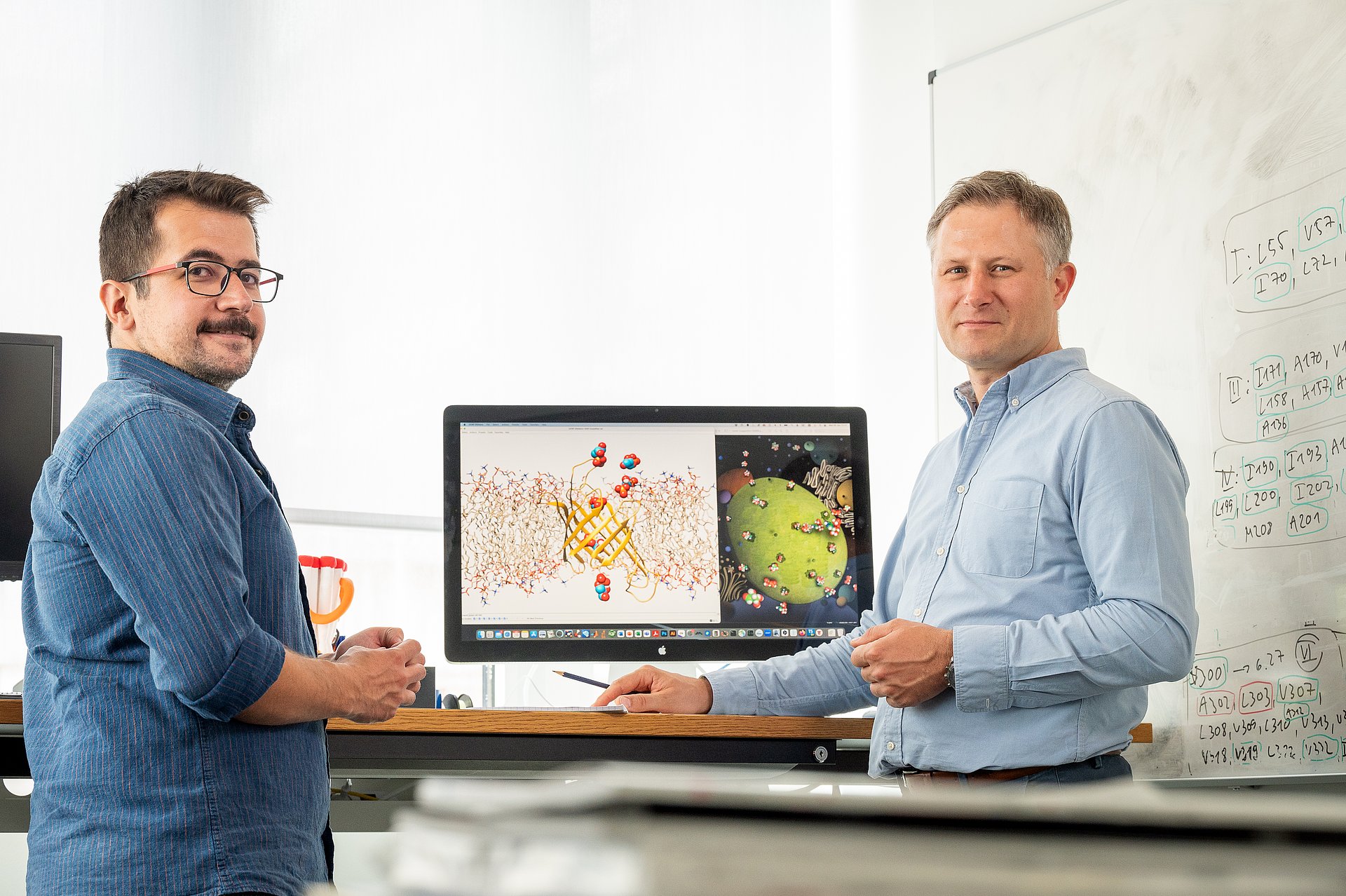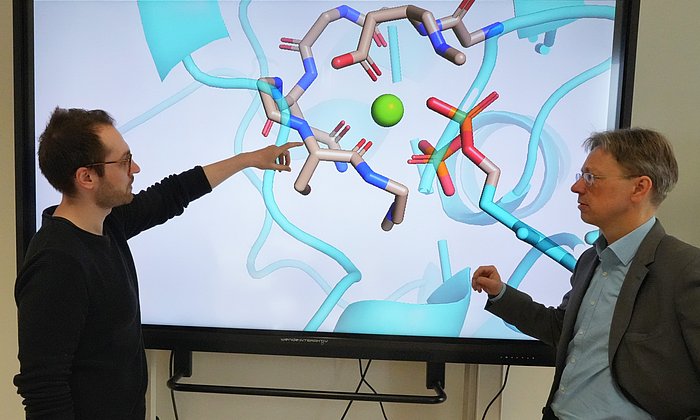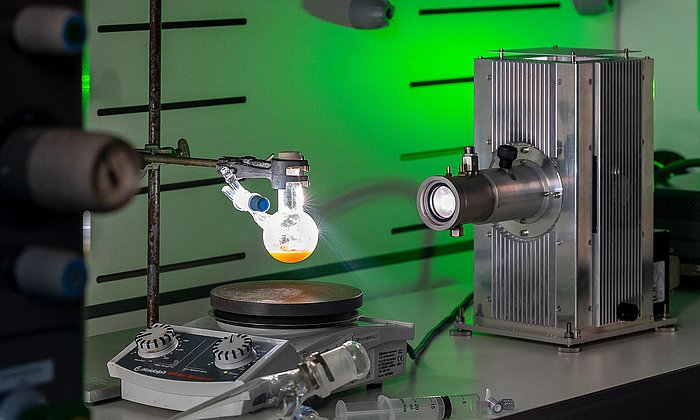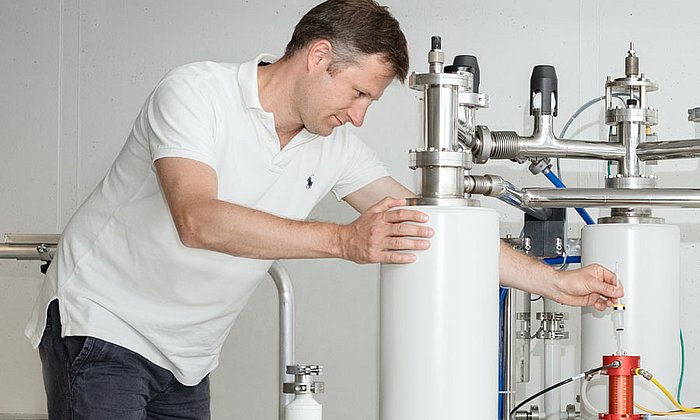New findings on photosynthesis
Helping plants make better use of sunlight

Plants absorb carbon dioxide and use the sun and water to turn it into biomass and oxygen. Without photosynthesis, life as we know it would be impossible. However, the photosynthesis process is inefficient, since plants utilize only a small portion of the solar energy involved. Researchers around the world are trying to decode the process in order to optimize it – and to be able to produce more biomass in a shorter period of time.
Logistics as a limiting factor
A research team led by Franz Hagn, Professor for Structural Membrane Biochemistry at TUM and research group leader at Helmholtz Munich, has investigated a new approach to optimizing photosynthesis. The researchers didn't focus on the chemical photosynthesis process, instead they looked at what could be called the logistics. "Increasing the yield of simple sugars and other metabolites in the chloroplasts is the subject of intensive research," says Hagn. "But just improving the process itself won't help. The products must also be transported out of the chloroplasts across the inner and outer envelope membrane so that the plant can use them to grow."
A large number of transport proteins of the inner envelope membrane and their functionalities have already been investigated in detail. However, the role the outer envelope membrane plays in this process is by far less clear. "Among other things there was a theory that the outer envelope membrane functions as a kind of sieve which allows for almost unrestricted passage of these metabolites."
Additional transport mechanisms have to be investigated
The researchers have now shown that this is not the case. Investigating the molecular structure of a transport protein in the outer envelope membrane, they were able to determine the mechanism by which certain molecules reach the outside. The team was thus able to demonstrate that a controlled transport takes place which selects metabolites according to charge and size. "The outer envelope membrane of the chloroplasts has long been ruled out as a barrier for metabolites from photosynthesis. Now we've succeeded in showing that the membrane is probably an important limiting and regulated factor," says Hagn.
Next the scientists want to investigate the structural and functional details of further transport proteins of the outer envelope membrane. In the long term the findings could be used for example to integrate more and larger transport proteins in the outer envelope membrane so that the metabolites could make their way to the outside faster and thus boost the growth of the plant. Hagn: "Increasing the yield of for example energy plants becomes more and more important in the context of climate change, extreme weather and energy shortages."
- Günsel, U., Klöpfer, K., Häusler, E. et al. Structural basis of metabolite transport by the chloroplast outer envelope channel OEP21. Nat Struct Mol Biol 30, 761–769 (2023).
https://doi.org/10.1038/s41594-023-00984-y
- Download images
- The research work was conducted at the Bavarian NMR Center. The Center is operated jointly by TUM and Helmholtz Munich.
- Molecular dynamics (MD) simulations were performed by the group of Prof. Martin Zacharias at TUM.
- In addition to Technical University of Munich and Helmholtz Munich, project participants also included the work group of Prof. Jürgen Soll at Ludwig-Maximilians-Universität München.
Technical University of Munich
Corporate Communications Center
- Stefanie Reiffert
- stefanie.reiffert@tum.de
- presse@tum.de
- Teamwebsite
Contacts to this article:
Prof. Dr. Franz Hagn
Technical University of Munich
Professorship for Structural Membrane Biochemistry
Bavarian NMR Center (BNMRZ)
franz.hagn@tum.de
www.bio.nat.tum.de/membrane
www.bnmrz.org


